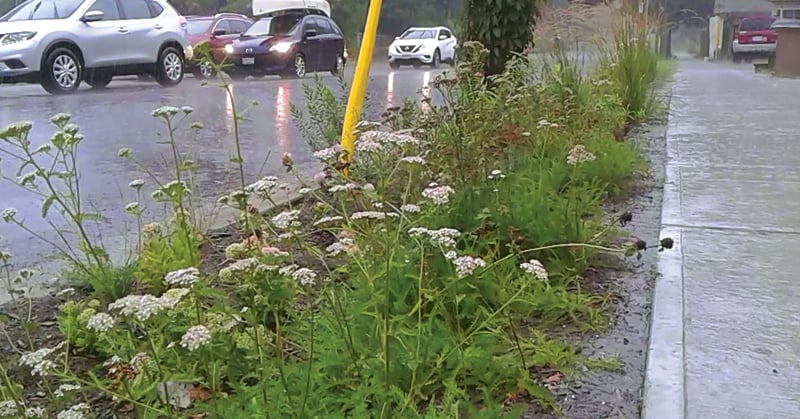Sunday, July 6, 2025
It doesn’t take much convincing to believe that flooding is a big problem in Canadian communities. The insurance industry has been sounding the alarm for years.
But what can be done about it? Much of the flooding that occurs isn’t in riverine flood plains—it’s urban flooding, which occurs away from waterbodies due to overloaded stormwater or wastewater systems.
Urbanization has greatly increased runoff volumes compared to pre-development. The most vulnerable neighbourhoods are those built years ago, when design standards were different. There are also many factors on private property which impact risk. And when rain events are very large and intense, almost nothing can prevent flooding from occurring.
It’s not a problem that can be solved by municipal infrastructure improvements alone. All levels of government, conservation authorities, academia, the private sector, and the public all need to work together.

Helping develop strategic solutions
Over the past several years, Green Communities Canada, with support from the Ontario Trillium Foundation, has been facilitating the Ontario Urban Flooding Collaborative. This multi-stakeholder group aims to help define what it means to be a flood-resilient community, to identify how we will measure progress towards flood resilience, and to generate projects which will improve flood resilience in communities across the province.
Their vision of flood-resilient Ontario communities includes four areas:
- Prioritize: Plans are in place to reduce flood risk, addressing the most vulnerable neighbourhoods first.
- Prepare: Property level measures are in place to reduce flood risk, while minimizing downstream impacts. People prepare for the event of an emergency.
- Protect and restore: Runoff is minimized.
- Improve: Infrastructure protects all properties from flooding.
Communities are working in all of these areas, but face many challenges. With the collaborative, we aim to implement projects to try to address these gaps.
One challenge is that public understanding of flood risk is very low. While even riverine flood risk is not well-understood, a recent survey by Partners for Action (formed by the University of Waterloo’s Faculty of Environment) found that only six per cent of people living in high risk riverine flood zones knew they were at high risk, and that the urban flood risk is even less well known, because in many communities it is not mapped. Municipalities are working on creating these risk maps, but there is trepidation about releasing this information to the public, for fear that it will lead to accusations of negligence, or impact property values.
Green Communities Canada aims to address these barriers through demonstration neighbourhood retrofits which combine grey and green infrastructure improvements, and flood protection measures on private property. These neighbourhoods will serve as demonstrations of what is possible in flood-resilient communities.
Read the full report from Clara in Water Canada’s Jan/Feb 2019 edition.











